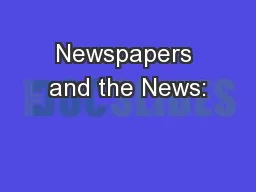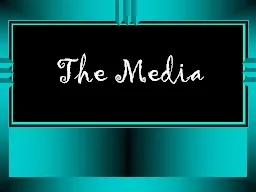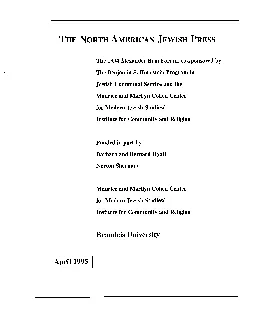PPT-Newspapers and the News:
Author : marina-yarberry | Published Date : 2018-09-19
Reflections of a Democratic Society Chapter 6 When is it news that an entire city is being poisoned by its water supply City of Flint Mich had high levels of lead
Presentation Embed Code
Download Presentation
Download Presentation The PPT/PDF document "Newspapers and the News:" is the property of its rightful owner. Permission is granted to download and print the materials on this website for personal, non-commercial use only, and to display it on your personal computer provided you do not modify the materials and that you retain all copyright notices contained in the materials. By downloading content from our website, you accept the terms of this agreement.
Newspapers and the News:: Transcript
Download Rules Of Document
"Newspapers and the News:"The content belongs to its owner. You may download and print it for personal use, without modification, and keep all copyright notices. By downloading, you agree to these terms.
Related Documents

